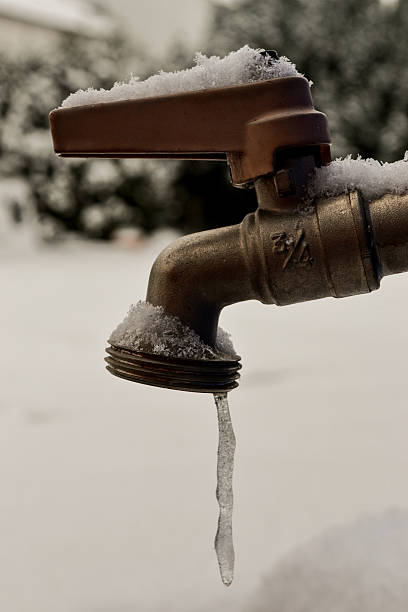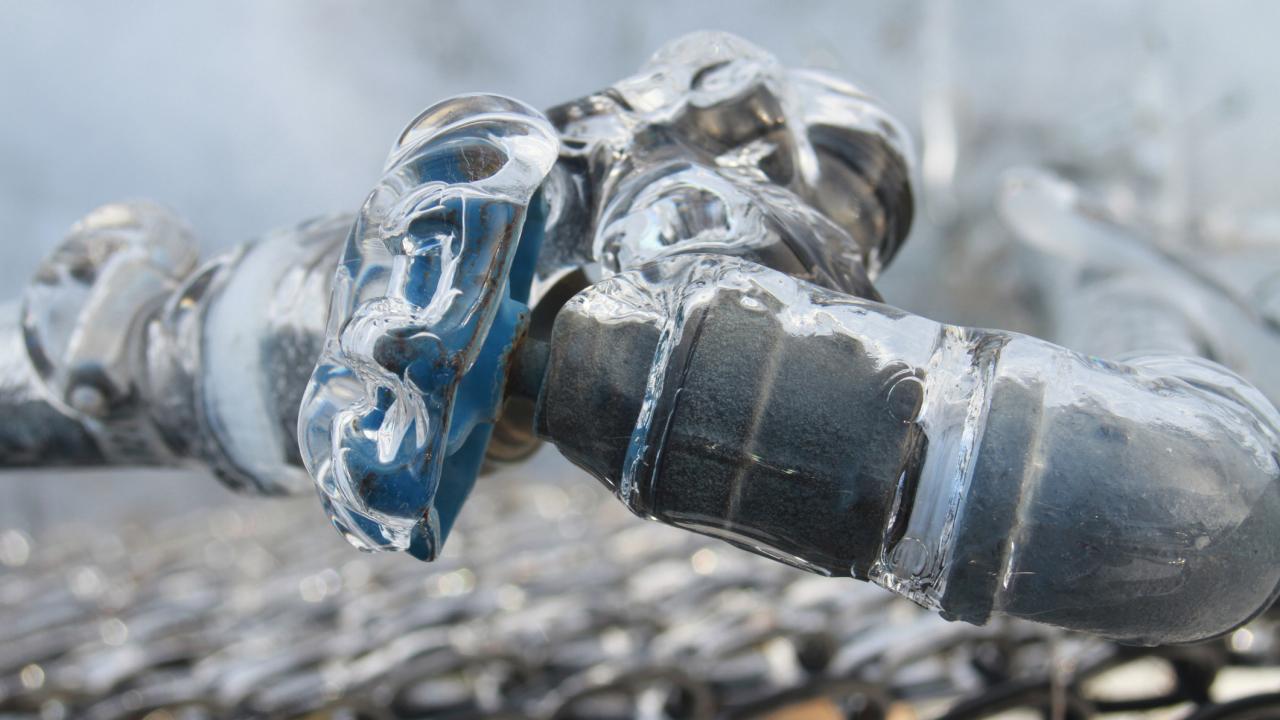Essential Tips for Avoiding Frozen Pipes in Winter Conditions
Essential Tips for Avoiding Frozen Pipes in Winter Conditions
Blog Article
We have stumbled upon this post involving Helpful Tips to Prevent Frozen Pipes this Winter directly below on the web and think it made sense to relate it with you over here.

Cold weather can ruin your pipes, specifically by freezing pipelines. Below's how to stop it from taking place and what to do if it does.
Intro
As temperatures decline, the risk of icy pipes boosts, potentially leading to expensive fixings and water damage. Comprehending exactly how to prevent frozen pipes is vital for homeowners in cool climates.
Prevention Tips
Shielding vulnerable pipelines
Cover pipes in insulation sleeves or utilize heat tape to shield them from freezing temperature levels. Concentrate on pipelines in unheated or outside areas of the home.
Heating methods
Maintain indoor areas properly heated, especially areas with plumbing. Open up cabinet doors to permit cozy air to circulate around pipelines under sinks.
Exactly how to determine frozen pipes
Search for decreased water flow from taps, unusual odors or noises from pipes, and visible frost on exposed pipelines.
Long-Term Solutions
Architectural modifications
Consider rerouting pipelines away from exterior wall surfaces or unheated locations. Add additional insulation to attics, cellars, and crawl spaces.
Upgrading insulation
Invest in top quality insulation for pipelines, attics, and wall surfaces. Correct insulation aids preserve consistent temperature levels and minimizes the threat of icy pipes.
Protecting Outside Pipes
Yard hose pipes and outdoor taps
Disconnect and drain yard hose pipes prior to winter months. Set up frost-proof faucets or cover outdoor faucets with shielded caps.
Understanding Frozen Pipes
What triggers pipes to ice up?
Pipes freeze when exposed to temperature levels listed below 32 ° F (0 ° C) for extended durations. As water inside the pipes freezes, it broadens, taxing the pipeline walls and possibly causing them to rupture.
Threats and damages
Frozen pipes can result in water supply disturbances, building damages, and expensive repair work. Burst pipes can flooding homes and create substantial structural damage.
Indications of Frozen Piping
Determining frozen pipelines early can stop them from rupturing.
What to Do If Your Pipes Freeze
Immediate actions to take
If you suspect frozen pipes, maintain taps open up to soothe pressure as the ice melts. Use a hairdryer or towels soaked in warm water to thaw pipes slowly.
Conclusion
Preventing icy pipes needs aggressive steps and quick responses. By comprehending the causes, indications, and safety nets, home owners can safeguard their plumbing during cold weather.
5 Ways to Prevent Frozen Pipes
Drain Outdoor Faucets and Disconnect Hoses
First, close the shut-off valve that controls the flow of water in the pipe to your outdoor faucet. Then, head outside to disconnect and drain your hose and open the outdoor faucet to allow the water to completely drain out of the line. Turn off the faucet when done. Finally, head back to the shut-off valve and drain the remaining water inside the pipe into a bucket or container. Additionally, if you have a home irrigation system, you should consider hiring an expert to clear the system of water each year.
Insulate Pipes
One of the best and most cost-effective methods for preventing frozen water pipes is to wrap your pipes with insulation. This is especially important for areas in your home that aren’t exposed to heat, such as an attic. We suggest using foam sleeves, which can typically be found at your local hardware store.
Keep Heat Running at 65
Your pipes are located inside your walls, and the temperature there is much colder than the rest of the house. To prevent your pipes from freezing, The Insurance Information Institute suggests that you keep your home heated to at least 65 degrees, even when traveling. You may want to invest in smart devices that can keep an eye on the temperature in your home while you’re away.
Leave Water Dripping
Moving water — even a small trickle — can prevent ice from forming inside your pipes. When freezing temps are imminent, start a drip of water from all faucets that serve exposed pipes. Leaving a few faucets running will also help relieve pressure inside the pipes and help prevent a rupture if the water inside freezes.
Open Cupboard Doors
Warm your kitchen and bathroom pipes by opening cupboards and vanities. You should also leave your interior doors ajar to help warm air circulate evenly throughout your home.

As a serious reader on Preventing and dealing with frozen pipes, I imagined sharing that excerpt was worthwhile. Do you know anybody else who is interested by the topic? Why not promote it. Thank you for taking the time to read it.
Schedule Service Pickup Report this page